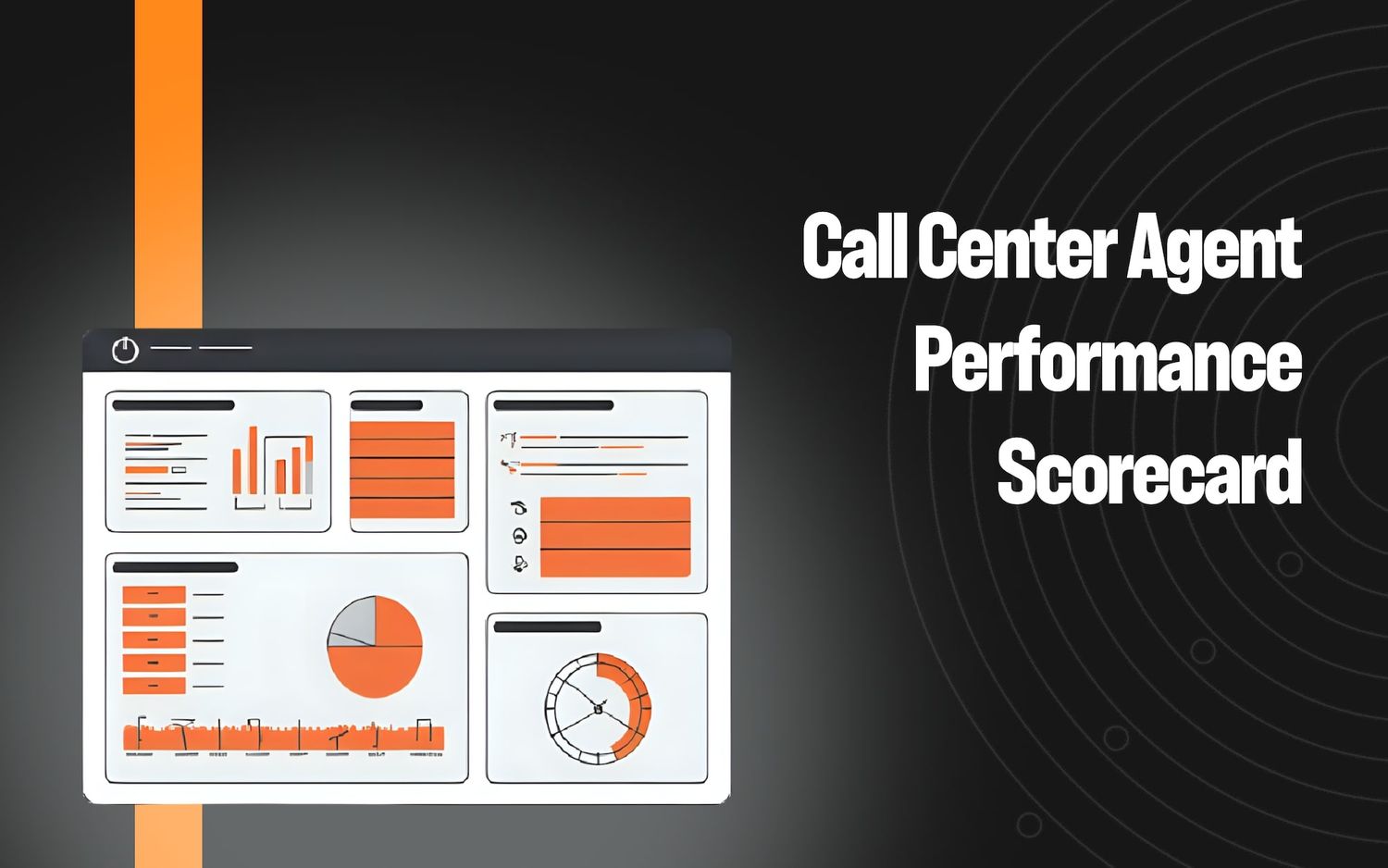What Is Call Center Shrinkage?


One of the most significant priorities of a contact center is reducing and monitoring call center shrinkage.
The best contact center managers are laser-focused on managing resources efficiently and keeping customers happy. In the call center industry, the customer experience is a reflection of how the agents respond to calls and attend to customer needs. If a certain contact center has a reputation for not being responsive or not being able to adequately address their needs, customers may leave for greener pastures.
Taking your contact center to the next level starts with understanding call center shrinkage and what you can do to mitigate it. Keep reading this guide to learn more about call center shrinkage, what it is, how to calculate it, and why it matters.
Call center shrinkage defined
Call center shrinkage occurs when agents are being paid but are unable to respond to customer queries. Some shrinkage is planned — like training teams and having holiday parties. Other shrinkage is unplanned — like an agent calling in sick or taking time off on vacation.
In an ideal call center setup, shrinkage is minimized; after all, some level of shrinkage is unavoidable. In these well-run operations, agents are at their desks, managing digital channels and answering calls as much as possible.
Call center shrinkage measures agent productivity and helps determine how much time agents spend working on tasks that fall outside the scope of helping customers. Depending on the factors that influence it, shrinkage can stem from external or internal sources.
External shrinkage
External shrinkage refers to activities that prevent employees from answering customer phone calls that are more or less outside the organization’s control. Some of these examples include:
- Lateness
- Sickness
- Holidays
- Paid breaks (which depend on shift times)
Controlling or eliminating some factors that contribute to external shrinkage is only possible if the root of the problems is effectively addressed. For example, if an agent is routinely late, managers should explain why that behavior is unacceptable. If it persists, the manager may want to look for a replacement who will show up on time.
Additionally, while holidays, breaks, and vacations can’t be eliminated, managers can monitor them to ensure that agents adhere to the proposed guidelines.
Internal shrinkage
Internal shrinkage occurs when call center agents are at work but aren’t available to answer calls due to any number of reasons, including:
- Unplanned facility issues
- System downtime
- Meetings
- Coaching and training sessions
Managers can have control over these factors because most are predictable parts of the typical workday.
How to calculate call center shrinkage
Call center shrinkage can be calculated based on two different metrics: time and number of call center agents.
Use this equation to calculate call center shrinkage by time:
Shrinkage % =( Total hours of external shrinkage + Total hours of internal shrinkage)/ Total hours available×100%
Imagine the external and internal shrinkage hours are 4 and 2, and the call center agent works 12 hours a day. The shrinkage percentage will be [(4+2)/12] × 100%, which is equivalent to 50%.
Use this equation to calculate call center shrinkage by number of agents:
Shrinkage % = (Number of call center agents required to take calls)/Number of agents available to answer calls ×100%
Suppose the number of call center agents required to achieve the service level target is 40, and the number of available agents is only 20. The shrinkage percentage will be 40/20 × 100% = 200%.
In most cases, it’s advisable to use the number of agents formula to determine your base staff requirements to meet business goals. While this formula can help build a capacity plan based on shrinkage, it won’t increase the call center efficiency. That’s where the calculation based on time can be particularly helpful in identifying factors that prevent agents from being more productive.
Why should you care about call center shrinkage?
There’s a reason top-performing contact center managers track call center shrinkage: it helps improve contact center efficiency.
Across the world, the average call center shrinkage rate hovers between 30% and 35%. Anything above 35% indicates that very few call center agents are available to help customers, which may result in longer wait and hold times, which hurts customer satisfaction. Very simply, shrinkage dramatically influences the number of staff required to meet service levels.
At the same time, shrinkage is also a good indicator of a call center’s productivity; generally, high shrinkage means low productivity while low shrinkage implies high productivity.
Moreover, finding out that your call center shrinkage rate is exceptionally high can inspire you to look at the reasons behind it. You may discover that call center agents are wasting time on unnecessary activities — like being late constantly, having too many meetings, and taking excessive breaks. Whatever the reason is, resolving it can bring about a significant change in the call center shrinkage rate — much to the delight of your customers.
Generally, calculating call center shrinkage percentage can help managers decide the ideal number of agents needed to handle incoming calls and meet predefined service goals. To ensure they’re able to meet staffing requirements and operate their call center as efficiently as possible, managers must regularly monitor and track this metric.
If you’re looking to reduce contact center shrinkage, Level AI can help. Find out how.
Keep reading
View all





